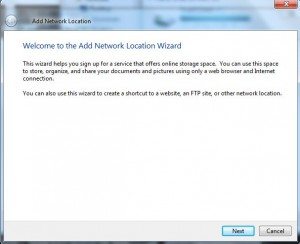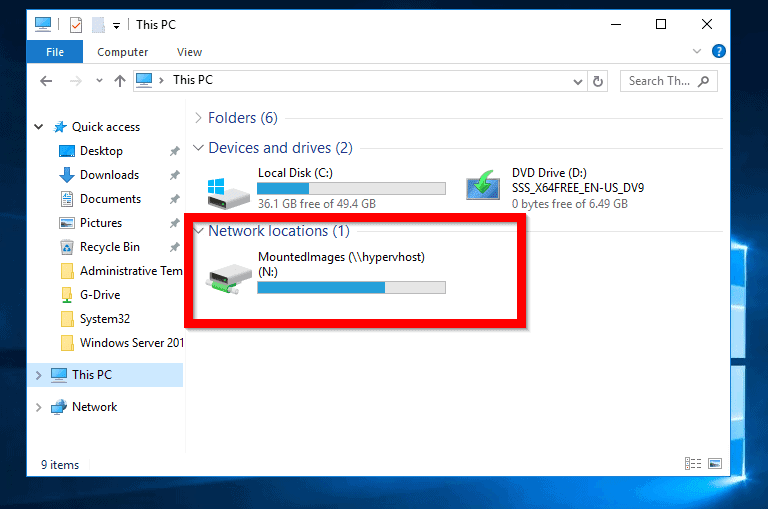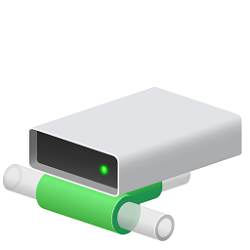


Simply select the one you want to connect to and click “OK.” This will open a window with a list of available network locations.
If you don’t know the path to the network location, you can click on the “Browse” button to browse for it. For example, if the network location is \Server\Share, you would enter \Server\Share in the “Folder” field. If you know the path to the network location, you can enter it directly in the “Folder” field. In the “Map Network Drive” window, you will also need to enter the network location you want to connect to. This can be done in any one of two ways: You can also choose to reconnect to the network drive automatically each time you log on to your computer by checking the “Reconnect at sign-in” box. You can choose any available drive letter, but it is recommended to use a letter that is not already in use. In the “Map Network Drive” window that appears, you will need to choose a drive letter to assign to the network location. Click on the “Computer” tab, and then click on the “Map network drive” button. Step 4: Click on “Map network drive”Īt the top of the File Explorer window, you will see a ribbon with several tabs. In the left-hand pane of File Explorer, you will see a list of locations, including “This PC.” Click on “This PC” to open it. You can do this by pressing the Windows key + E on your keyboard or by clicking on the File Explorer icon in the taskbar. To map a network drive, you will need to open File Explorer. This could be a shared folder on a server, another computer on the network, or even a cloud storage service like OneDrive or Dropbox. 
Step 1: Identify the network locationīefore you begin the mapping process, you will need to identify the network location you want to connect to. In this article, we will walk you through the steps to map a drive in Windows 10.

This can be a useful tool for individuals or businesses who need to access shared network resources regularly. Mapping a drive in Windows 10 is a simple process that allows you to connect to a network location and access its files and folders as if they were stored on your local computer.








 0 kommentar(er)
0 kommentar(er)
